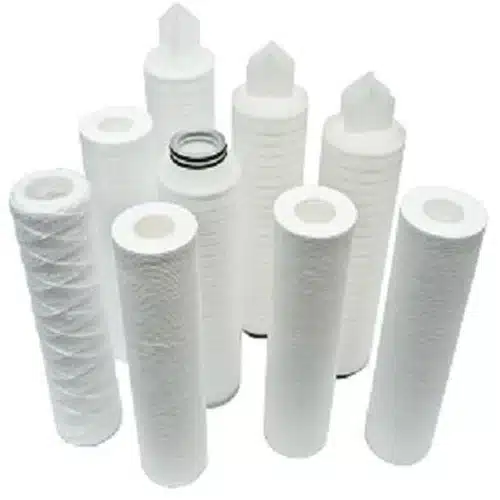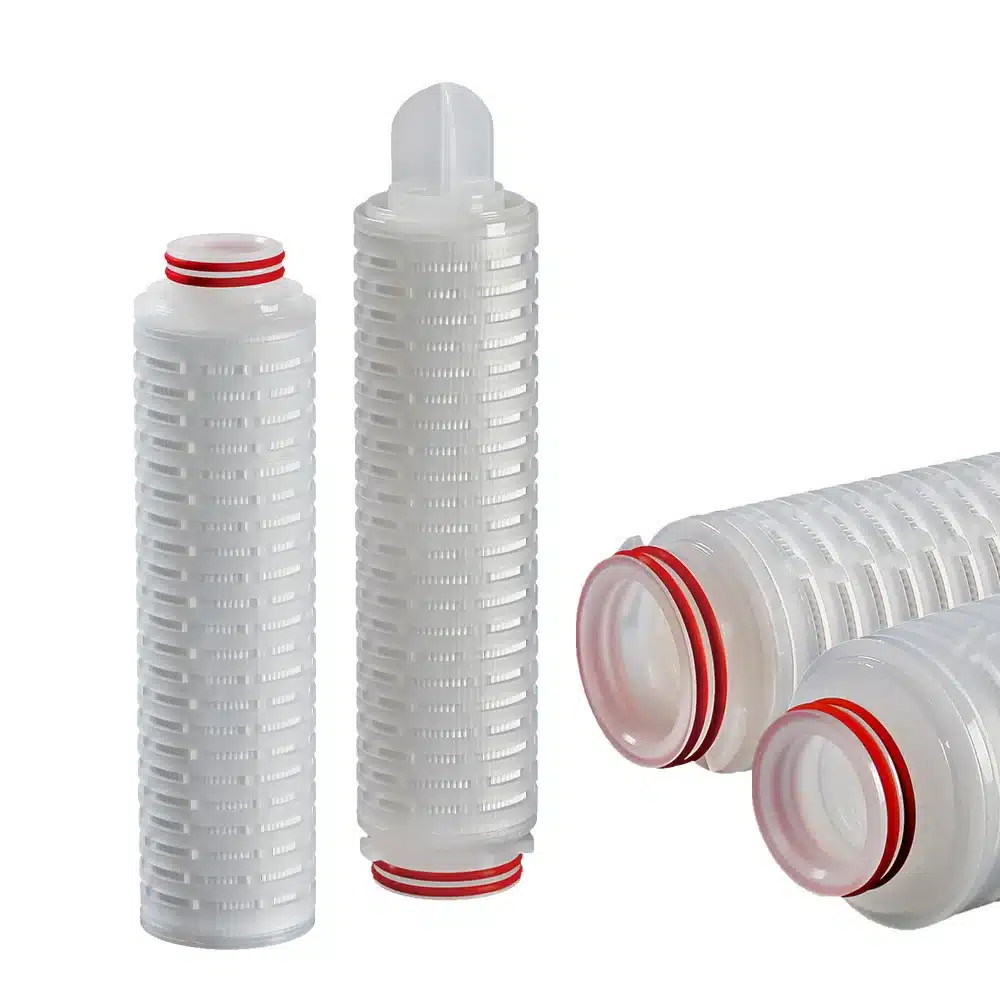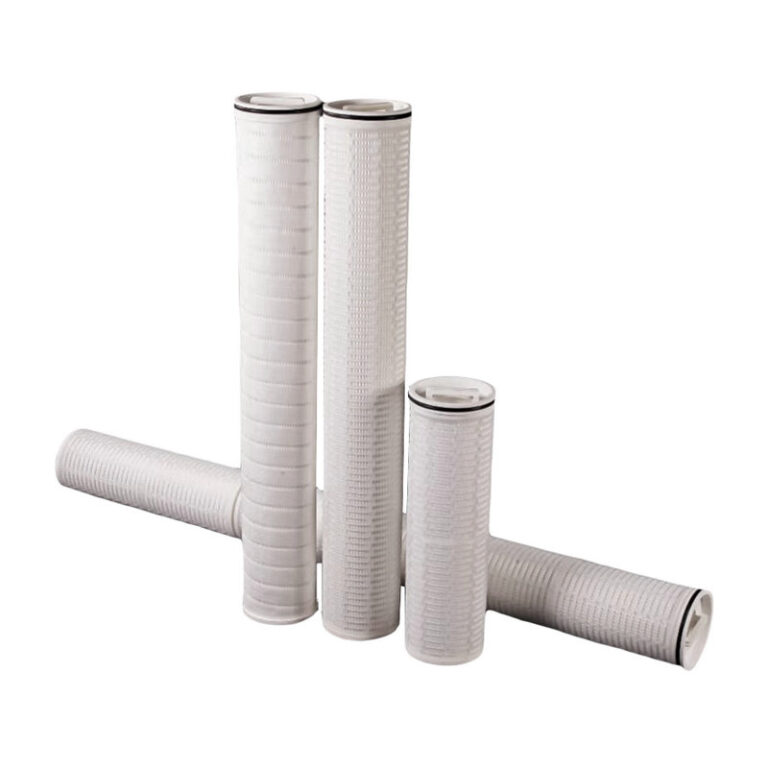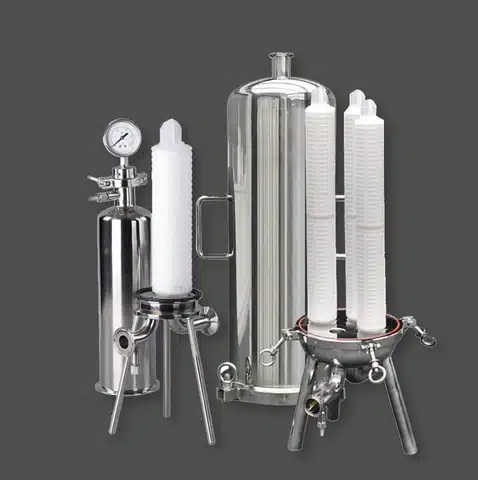Advanced Membrane Filtration Water Treatment Technologies in 2025
Membrane Filtration Water Treatment Introduction
Membrane filtration water treatment technologies have become a cornerstone in modern water purification processes. As the global demand for clean and safe water intensifies due to population growth, industrialization, and environmental challenges, advanced membrane technologies are evolving rapidly. In 2025, the field of membrane filtration water treatment is witnessing groundbreaking innovations that enhance efficiency, reduce costs, and promote sustainability. This article explores the latest advancements in membrane filtration water treatment technologies, their applications, benefits, challenges, and future prospects.
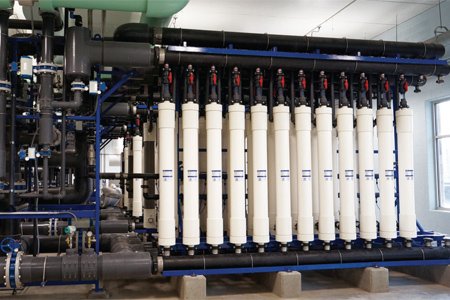
What Is Membrane Filtration Water Treatment?
Membrane filtration water treatment refers to the process of removing contaminants from water by passing it through semi-permeable membranes. These membranes act as physical barriers that allow water molecules to pass while rejecting particles, microorganisms, dissolved salts, and other impurities. Membrane technologies are classified based on pore size and separation mechanisms into microfiltration (MF), ultrafiltration (UF), nanofiltration (NF), and reverse osmosis (RO).
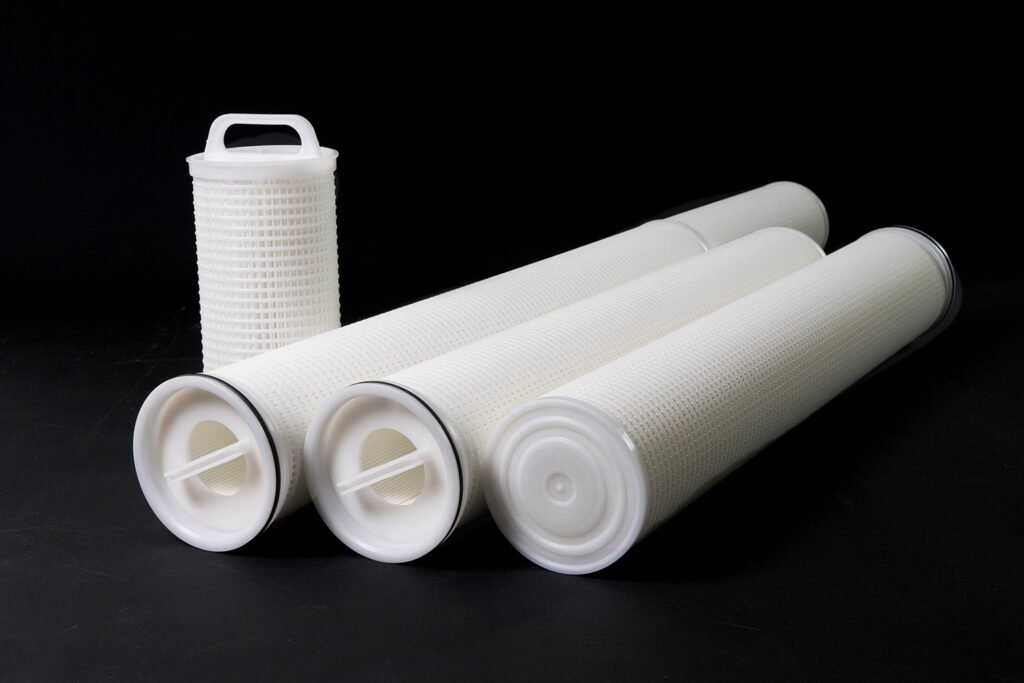
Importance of Advanced Membrane Technologies in Water Treatment
The importance of advanced membrane filtration water treatment technologies cannot be overstated. Traditional water treatment methods like coagulation, sedimentation, and chlorination face limitations in removing emerging contaminants such as pharmaceuticals, microplastics, and viruses. Membrane filtration offers high removal efficiency for a broad spectrum of contaminants, providing safer drinking water and enabling wastewater reuse. Additionally, advances in membrane materials, configurations, and process controls contribute to energy savings and lower operational costs.
Recent Innovations in Membrane Filtration Water Treatment Technologies
1. Graphene Oxide (GO) Membranes
Graphene oxide membranes are among the most promising innovations in membrane filtration technology. GO membranes exhibit exceptional permeability and selectivity due to their ultra-thin structure and tunable pore size. In 2025, commercial-scale GO membranes are being integrated into water treatment plants, offering higher flux rates and enhanced rejection of salts and organic contaminants compared to traditional polymeric membranes.
Benefits:
Ultra-high water permeability
Improved chemical and thermal stability
Resistance to fouling and biofouling
Applications:
Desalination
Wastewater treatment
Industrial process water filtration
2. Biomimetic Membranes
Biomimetic membranes mimic natural biological processes to achieve superior filtration performance. Incorporating aquaporins—protein channels that facilitate rapid water transport—into membrane structures significantly enhances water flux and selectivity. In 2025, biomimetic membranes are gaining traction for applications requiring energy-efficient desalination and contaminant removal.
Benefits:
High water permeability with low energy input
Exceptional selectivity for contaminants
Reduced fouling tendencies
Applications:
Potable water production
Pharmaceutical water purification
Food and beverage industry
3. Anti-Fouling and Self-Cleaning Membranes
Membrane fouling remains a major operational challenge, leading to decreased efficiency and increased maintenance costs. Recent advancements include the development of anti-fouling coatings and self-cleaning membranes that resist the accumulation of organic, inorganic, and microbial deposits. Techniques such as surface grafting, photocatalytic coatings (e.g., titanium dioxide), and embedded nanoparticles improve membrane longevity.
Benefits:
Extended membrane life
Reduced chemical cleaning frequency
Stable permeate quality
Applications:
Municipal water treatment
Industrial wastewater treatment
Cooling tower water recycling
4. Hybrid Membrane Systems
Hybrid systems combine membrane filtration with other treatment technologies such as advanced oxidation processes (AOP), coagulation, or biological treatment to achieve superior water quality. Integrating membranes with UV disinfection, ozonation, or activated carbon adsorption addresses complex contaminants and improves system resilience.
Benefits:
Comprehensive contaminant removal
Enhanced operational flexibility
Optimized energy consumption
Applications:
Industrial effluent treatment
Drinking water treatment
Reuse and recycling of wastewater
5. Energy Recovery and Low-Energy Membrane Processes
Energy consumption is a critical concern in membrane filtration, especially in processes like reverse osmosis. New energy recovery devices and low-pressure membrane designs significantly reduce operational costs. Innovations such as pressure retarded osmosis (PRO) and forward osmosis (FO) technologies are also emerging as energy-efficient alternatives.
Benefits:
Lower energy footprint
Cost savings
Reduced greenhouse gas emissions
Applications:
Large-scale desalination
Power plant cooling water treatment
Brackish water treatment
Key Applications of Advanced Membrane Filtration in 2025
Municipal Drinking Water Treatment
Municipal water utilities increasingly adopt membrane filtration to meet stringent water quality standards. Advanced membranes ensure the removal of pathogens, turbidity, and emerging contaminants, offering reliable and safe drinking water. Integration with smart monitoring systems enhances operational efficiency.
Industrial Wastewater Treatment
Industries such as pharmaceuticals, textiles, and food processing generate complex wastewater streams. Advanced membrane systems provide effective treatment solutions that enable water reuse and comply with environmental regulations. Hybrid membrane systems are particularly valuable in treating recalcitrant pollutants.
Desalination
Desalination remains vital for arid regions facing freshwater scarcity. Advanced membrane materials like graphene oxide and biomimetic membranes improve desalination efficiency, reduce fouling, and lower energy consumption, making seawater and brackish water desalination more sustainable and affordable.
Agricultural Water Reuse
Water reuse in agriculture is growing to conserve freshwater resources. Membrane filtration technologies enable the safe recycling of treated wastewater for irrigation, ensuring the removal of pathogens and chemicals that could harm crops or soil health.
Challenges and Future Outlook
Challenges
Despite remarkable advancements, membrane filtration water treatment technologies face several challenges:
Membrane Fouling: Persistent fouling reduces efficiency and increases costs. Although anti-fouling technologies are improving, fouling management remains critical.
Capital and Operating Costs: High initial investment and operational costs can be barriers, especially in developing regions.
Membrane Longevity: Extending membrane lifespan without sacrificing performance is a continual goal.
Concentrate Disposal: Handling brine or concentrate from desalination or NF/RO processes is an environmental concern.
Future Outlook
The future of membrane filtration water treatment looks promising with ongoing research focusing on:
Next-Generation Materials: Development of nanomaterials and smart membranes with self-healing and adaptive properties.
Automation and AI Integration: Smart membrane systems with real-time monitoring, predictive maintenance, and AI-driven optimization.
Circular Economy Approaches: Recovery of valuable resources from wastewater streams, aligning with sustainability goals.
Decentralized Treatment Systems: Portable and modular membrane units for remote and underserved communities.
Conclusion
Advanced membrane filtration water treatment technologies in 2025 are transforming the way we source, treat, and reuse water. Innovations in membrane materials, system integration, and energy efficiency address the pressing challenges of water scarcity, pollution, and climate change. By embracing these cutting-edge technologies, municipalities, industries, and agricultural sectors can secure a sustainable and safe water future.
For businesses and water treatment professionals, staying informed about the latest membrane filtration advancements is essential to optimize operations, reduce costs, and meet regulatory requirements. Investing in advanced membrane solutions today paves the way for a cleaner, healthier, and more resilient water ecosystem tomorrow.
Frequently Asked Questions (FAQs)
Q1: What is the difference between microfiltration and reverse osmosis membranes?
Microfiltration membranes have larger pore sizes (0.1 to 10 microns) used to remove suspended solids and bacteria, while reverse osmosis membranes have much smaller pores (~0.0001 microns) capable of removing dissolved salts and molecules.
Q2: How do graphene oxide membranes improve water treatment?
GO membranes offer higher water permeability and selective contaminant rejection, resulting in faster filtration rates and better durability.
Q3: Are biomimetic membranes commercially available?
Yes, recent advances have brought biomimetic membranes closer to commercial use, particularly in specialized applications like pharmaceutical water purification.
Q4: What measures help reduce membrane fouling?
Using anti-fouling coatings, optimizing pretreatment processes, and periodic cleaning protocols are effective strategies.

